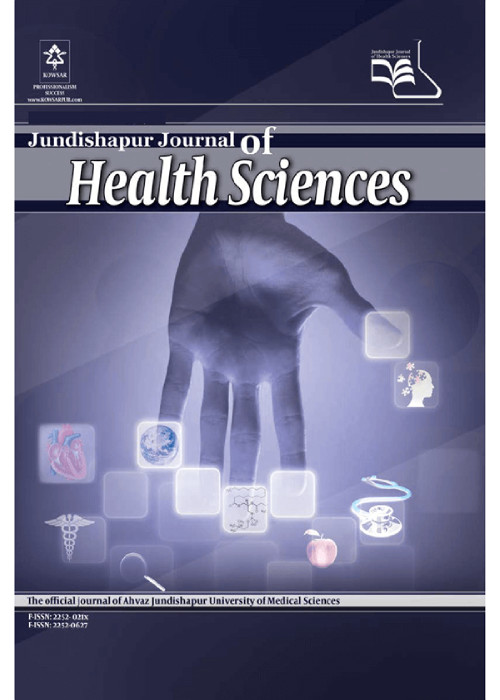Gas Production Potential in the Landfill of Tehran by Landfill Methane Outreach Program
Author(s):
Abstract:
Background
Landfilling is the most common way of municipal solid waste (MSW) disposal in Iran. Many countries have targeted landfill methane recovery among greenhouse gas mitigation strategies, since methane is the second most important greenhouse gas after carbon dioxide. Major questions remain with respect to actual methane production rates in field settings as well as the relative mass of methane that is recovered, emitted, oxidized by methanotrophic bacteria, laterally migrated, or temporarily stored within the landfill volume. Landfill gas (LFG) consists of 50% - 60 vol% methane and 30% - 40 vol% carbon dioxide as well as trace amounts of numerous chemical compounds such as aromatics, chlorinated organic compounds and sulfur compounds. Landfill methane outreach program (LMOP) is a voluntary assistance program which helps reduce methane emissions from landfills by encouraging the recovery and the beneficial use of LFG as an energy resource.Objectives
In this study, the volume of LFG of Tehran by landfill methane outreach program (LMOP) software was calculated. In addition, the relationship between the time of gas collection system operation and the volume of LFG production was evaluated.Materials And Methods
The LMOP software was used. The available information and some presumptions were used to operate the software. The composition of the solid waste collected from the landfill of Tehran had specific details. A large amount of it was organic materials, which was about 67.8%. These materials have a good potential to produce gas. In addition, LMOP Colombia model uses the first-order equations in all the analytical equations. Furthermore, it is assumed that the landfill operation time is 30 years and the process is considered in two conditions; first, the gas was recovered in 2000, and second, the process started in 2015..Results
The modeling results showed that for the gas recovery starting in 2000 and 2015, the power generation would be 2,354 and 830 MW, respectively. In fact, the 15-year difference in gas extraction made a 200% difference. Based on the results, from 2000 to 2100, 558 m3/hour of methane would be extracted, which would be equivalent to 2,354 MW energy. Subsequently, the emission of 93,721,837 tons of CO2 would be prohibited.Conclusions
It was observed that 2.8 times more energy was generated when the collecting system was initially installed. Moreover, if so, the equivalent CO2 was reduced by 60,695,377 ton. In fact, this process has economic and environmental benefits and the money will be saved and the emission will be controlled.Language:
English
Published:
Jundishapur Journal of Health Sciences, Volume:7 Issue: 4, Oct 2015
Page:
4
magiran.com/p1460837
دانلود و مطالعه متن این مقاله با یکی از روشهای زیر امکان پذیر است:
اشتراک شخصی
با عضویت و پرداخت آنلاین حق اشتراک یکساله به مبلغ 1,390,000ريال میتوانید 70 عنوان مطلب دانلود کنید!
اشتراک سازمانی
به کتابخانه دانشگاه یا محل کار خود پیشنهاد کنید تا اشتراک سازمانی این پایگاه را برای دسترسی نامحدود همه کاربران به متن مطالب تهیه نمایند!
توجه!
- حق عضویت دریافتی صرف حمایت از نشریات عضو و نگهداری، تکمیل و توسعه مگیران میشود.
- پرداخت حق اشتراک و دانلود مقالات اجازه بازنشر آن در سایر رسانههای چاپی و دیجیتال را به کاربر نمیدهد.
In order to view content subscription is required
Personal subscription
Subscribe magiran.com for 70 € euros via PayPal and download 70 articles during a year.
Organization subscription
Please contact us to subscribe your university or library for unlimited access!


